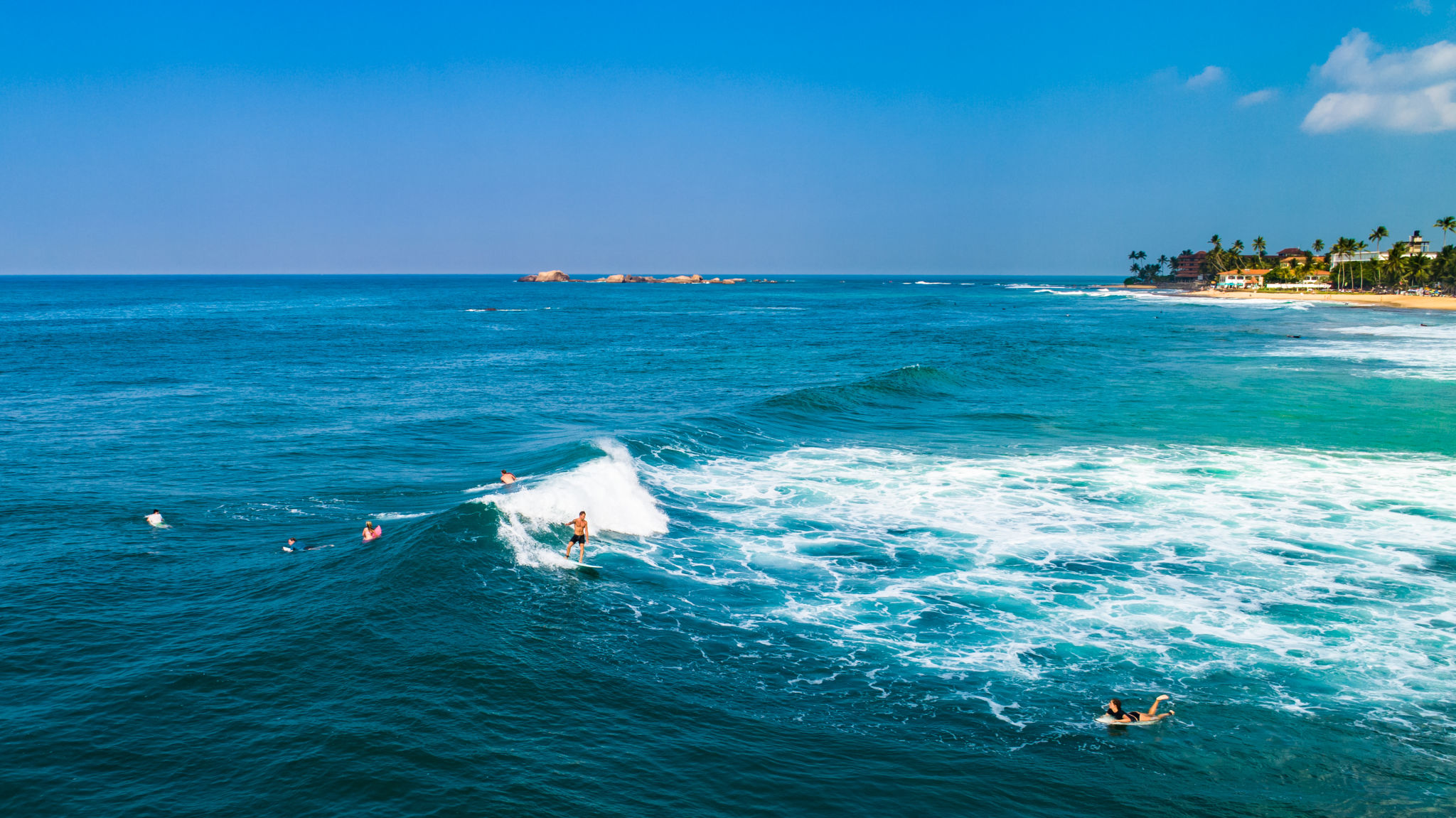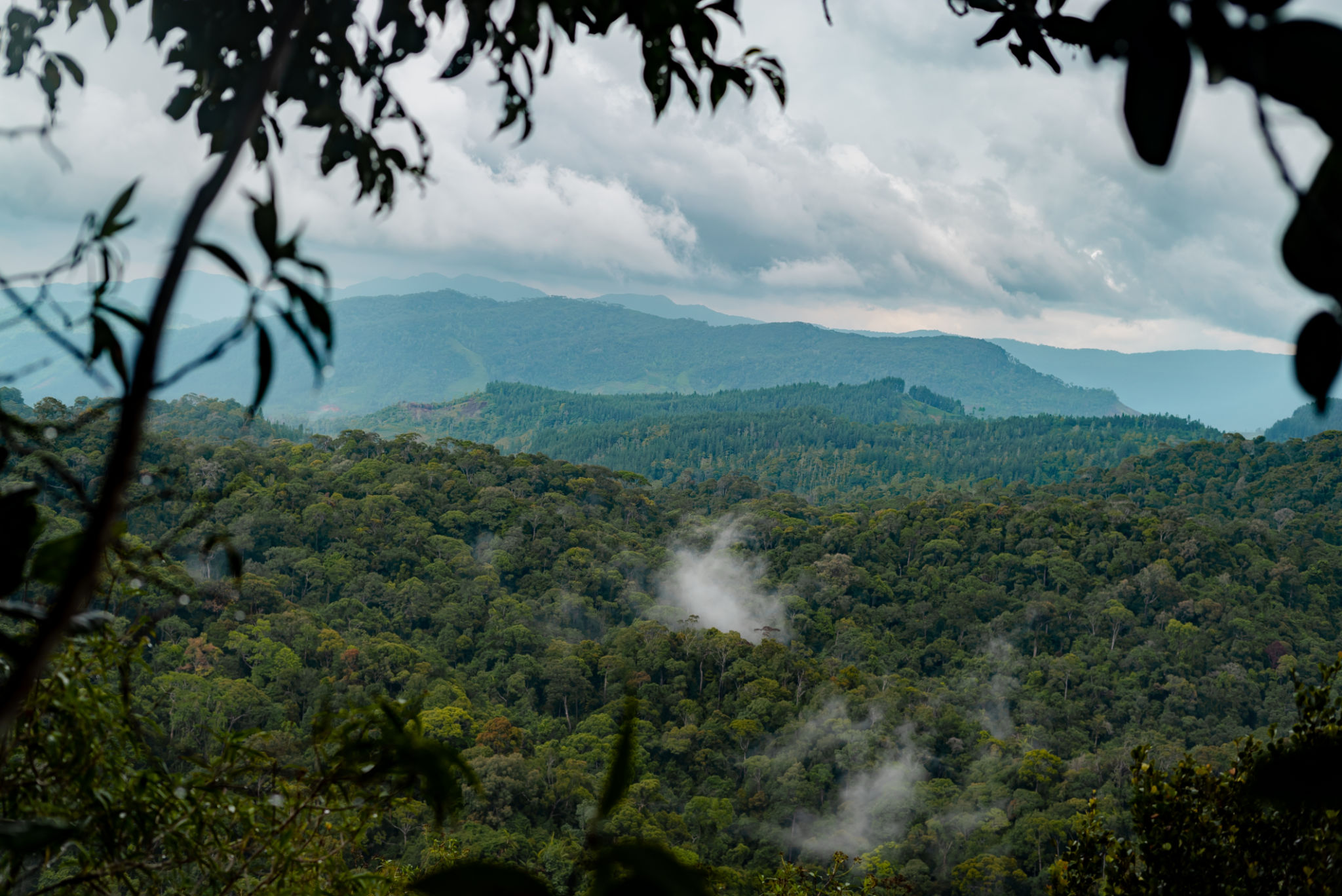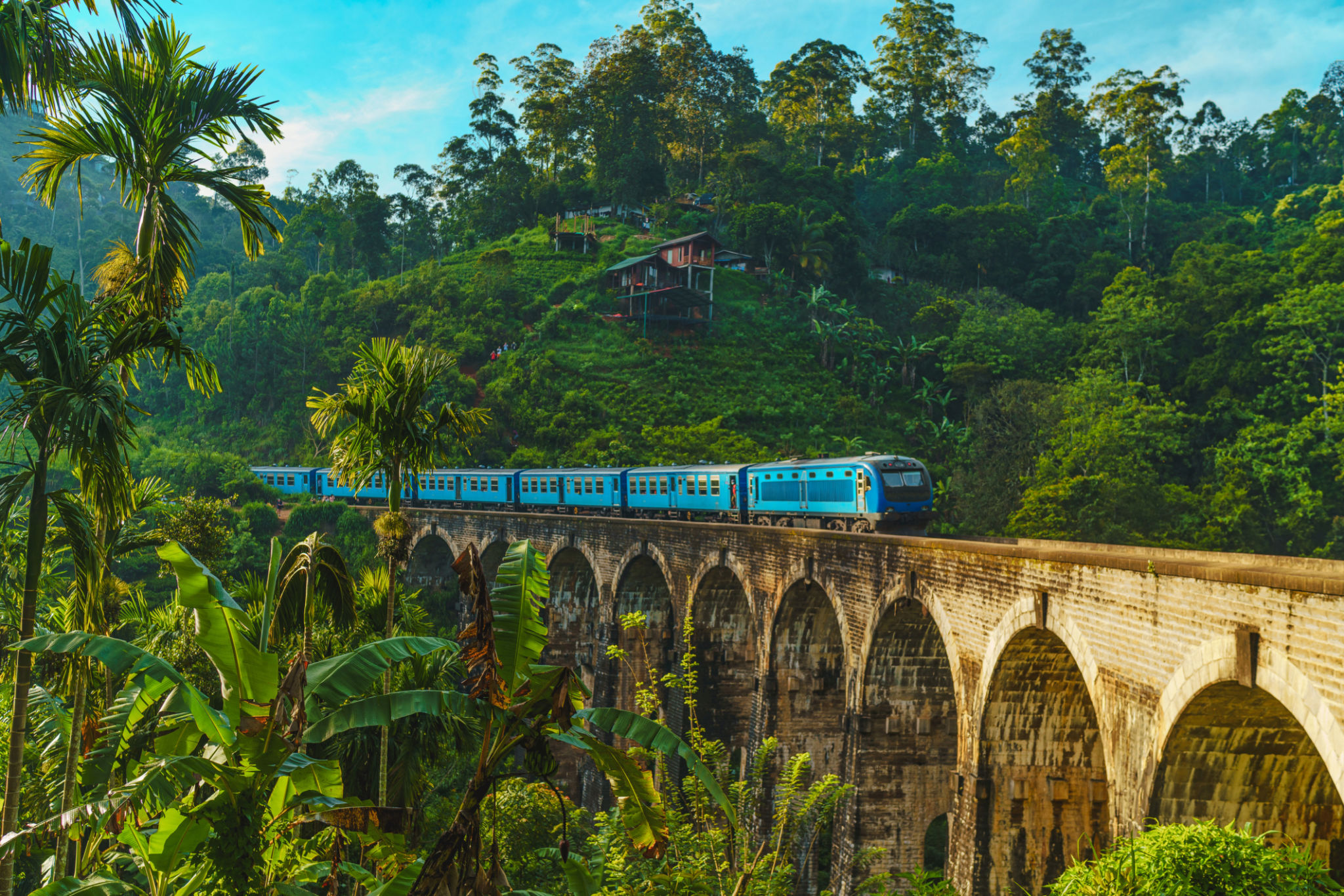Seasonal Travel Guide: Visiting Sri Lanka During Monsoon Season
Introduction to Sri Lanka's Monsoon Season
Sri Lanka, known for its rich cultural heritage and stunning landscapes, offers a unique travel experience during its monsoon season. While many travelers may shy away from visiting during this time, the monsoon season, typically from May to September in the southwest and October to February in the northeast, offers its own set of charms and benefits.
Visiting Sri Lanka during the monsoon season can be a rewarding experience for those looking to avoid the usual tourist crowds and enjoy the lush, rejuvenated landscapes. The rain brings out a vibrant green in the countryside, making it a perfect time for photography and nature enthusiasts.

Exploring Cultural Sites
One of the advantages of traveling during the monsoon is the opportunity to explore cultural sites without the bustling crowds. The ancient cities of Anuradhapura and Polonnaruwa, with their impressive ruins and historical significance, offer a serene experience amidst the rain. The cooler temperatures also make it more comfortable to explore these expansive sites.
The sacred city of Kandy, known for the Temple of the Tooth, is another must-visit destination. The monsoon rains add a mystical feel to this spiritual city, enhancing the experience of the cultural dances and rituals that take place regularly.

Adventure Activities
For adventure seekers, Sri Lanka offers a variety of activities that are enhanced by the monsoon season. White-water rafting in Kitulgala becomes more exhilarating with the increased water levels, offering thrilling rapids for adrenaline junkies. Hiking trails, like those in Ella and the Knuckles Mountain Range, come alive with lush greenery and are less crowded during this time.
Surfing enthusiasts can also take advantage of the monsoon season. The east coast beaches, particularly Arugam Bay, offer excellent surfing conditions from April to September, making it a haven for surfers around the world.

Wildlife and Nature
Sri Lanka's wildlife parks, such as Yala and Udawalawe, remain open during the monsoon season. Although some areas may be inaccessible due to heavy rains, these parks still offer opportunities for wildlife spotting, including elephants, leopards, and a variety of bird species. The lush vegetation provides a picturesque backdrop for safaris.
The Sinharaja Forest Reserve, a UNESCO World Heritage site, is particularly enchanting during the monsoon season. The rain enhances its biodiversity and offers a unique opportunity to see rare flora and fauna in their natural habitat.

Practical Tips for Travelers
Travelers visiting Sri Lanka during the monsoon should be prepared for sudden downpours. It's advisable to pack lightweight rain gear and waterproof bags for electronics. Despite the rain, temperatures remain warm, so light clothing is recommended.
- Stay updated on weather conditions and plan your activities accordingly.
- Opt for accommodations that offer indoor activities or are located near cultural attractions.
- Embrace flexibility in your travel plans.
By embracing these tips, you can make the most of your monsoon travel experience in Sri Lanka.
Conclusion: Embrace the Unexpected
Traveling to Sri Lanka during the monsoon season offers unexpected rewards and experiences. Whether you're exploring ancient ruins under a gentle drizzle or surfing powerful waves on a rain-soaked beach, the monsoon season provides a unique perspective on this beautiful island nation. Embrace the rain and discover Sri Lanka's hidden gems during this refreshing time of year.

